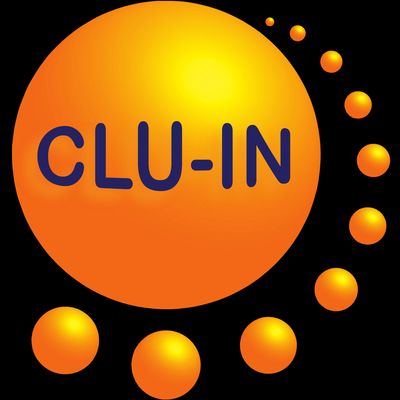Since 1998, The Contaminated Site Clean-Up Information (CLU-IN) website has presented Internet Seminars covering a wide variety of technical topics related to hazardous waste characterization, monitoring, and remediation. For select seminar topics offered since 2012, we are making complete video recordings available through our archives. This feed contains all video seminars archived in the last 12 months. For a complete list of seminars archived since 2000, please visit http://www.clu-in.org/live/archive/. Our Rehabilitation Act Notice for reasonable accommodation is available at http://www.clu-in.org/training/accommodation.cfm. CLU-IN was developed by the U.S. Environmental Protection Agency (EPA) but is intended as a forum for all waste remediation stakeholders. For more information and to view upcoming live offerings, please visit http://www.clu-in.org/live/. For a complete list of RSS feeds available on CLU-IN, please visit http://www.clu-in.org/rss/about/.
http://www.clu-in.org/live/archive
Geospatial Analysis for Optimization at Environmental Sites (Nov 5, 2019)
Optimization activities can improve performance, increase monitoring efficiency, and support contaminated site decisions. Project managers can use geospatial analysis for evaluation of optimization opportunities. Unlike traditional statistical analysis, geospatial methods incorporate the spatial and temporal dependence between nearby data points, which is an important feature of almost all data collected as part of an environmental investigation. The results of geospatial analyses add additional lines of evidence to decision making in optimization opportunities in environmental sites across all project life cycle stages (release detection, site characterization, remediation, monitoring and closure) in soil, groundwater or sediment remediation projects for different sizes and types of sites. The purpose of ITRC's Geospatial Analysis for Optimization at Environmental Sites (GRO-1) guidance document and this associated training is to explain, educate, and train state regulators and other practitioners in understanding and using geospatial analyses to evaluate optimization opportunities at environmental sites. With the ITRC GRO-1 web-based guidance document and this associated training class, project managers will be able to: Evaluate available data and site needs to determine if geospatial analyses are appropriate for a given site For a project and specific lifecycle stage, identify optimization questions where geospatial methods can contribute to better decision making For a project and optimization question(s), select appropriate geospatial method(s) and software using the geospatial analysis work flow, tables and flow charts in the guidance document With geospatial analyses results (note: some geospatial analyses may be performed by the project manager, but many geospatial analyses will be performed by technical experts), explain what the results mean and appropriately apply in decision making Use the project manager's tool box, interactive flow charts for choosing geospatial methods and review checklist to use geospatial analyses confidently in decision making To view this archive online or download the slides associated with this seminar, please visit http://www.clu-in.org/conf/itrc/GRO_110519/
